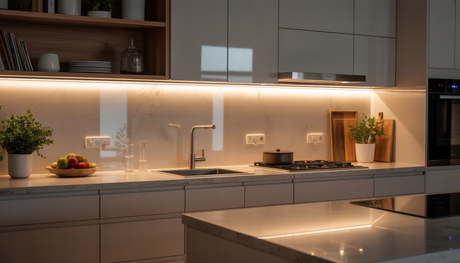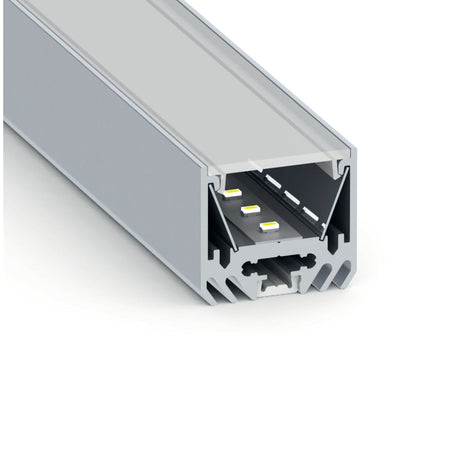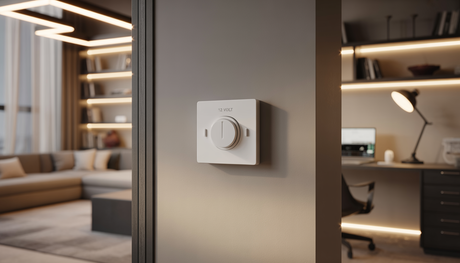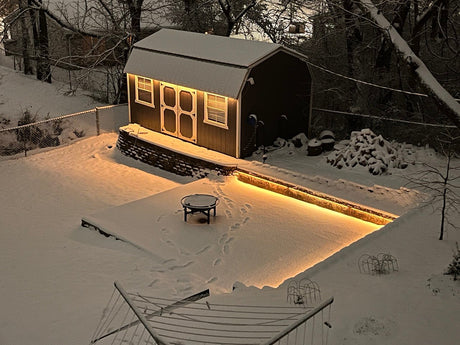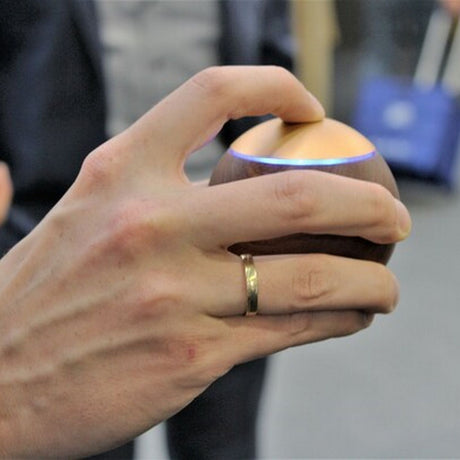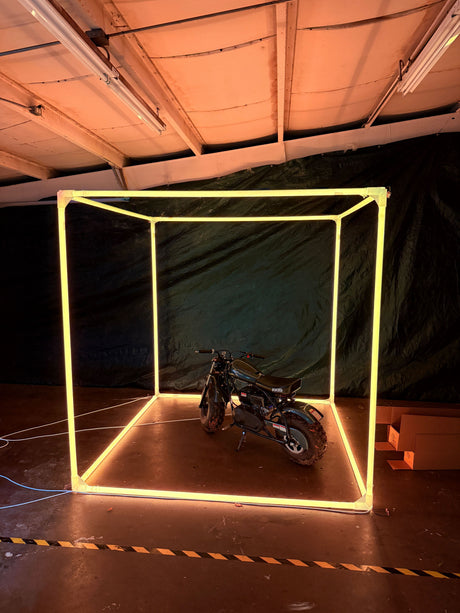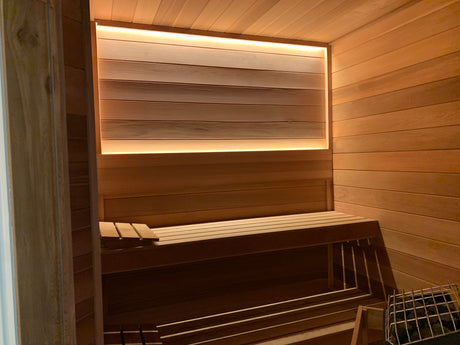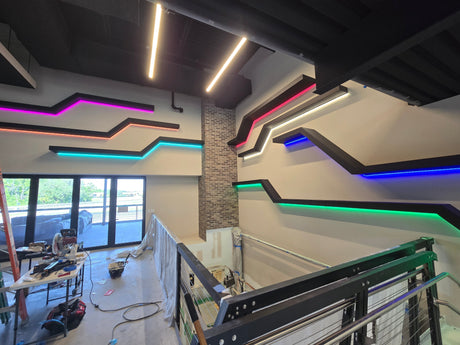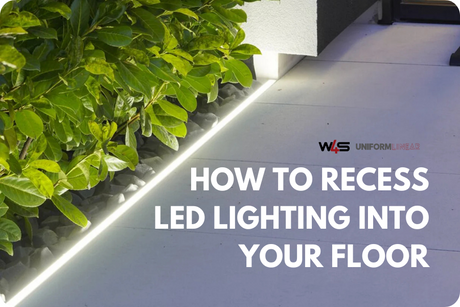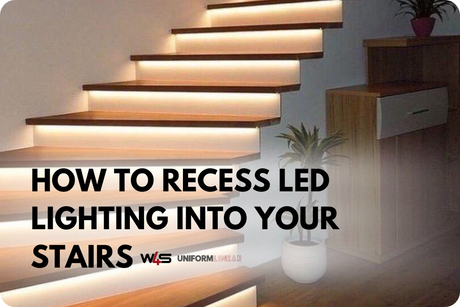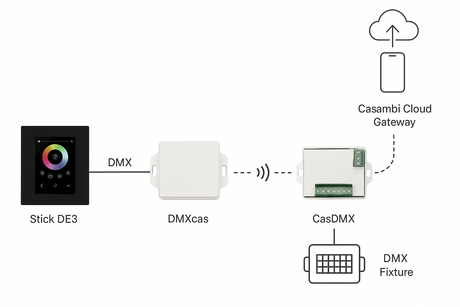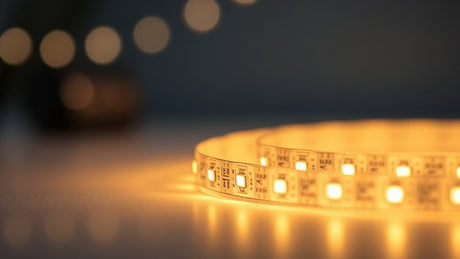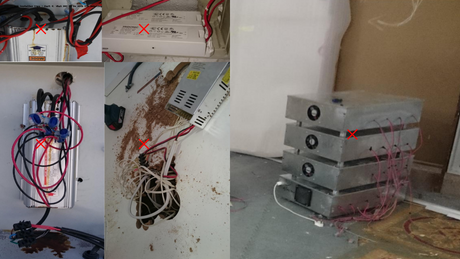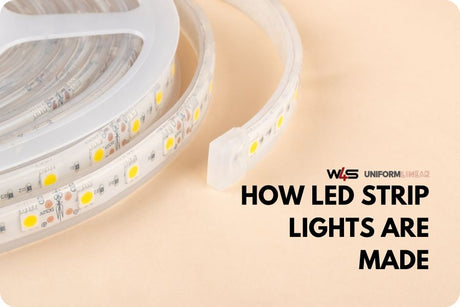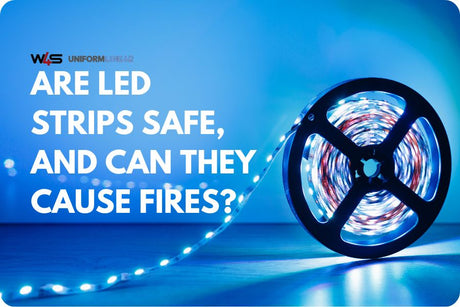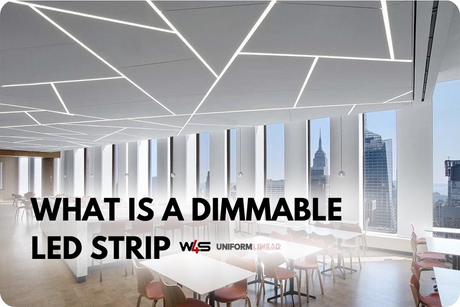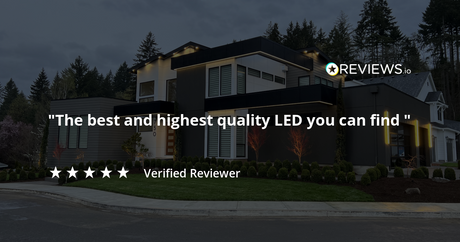LED strip lighting is perfect for smaller spaces that do not have sufficient light. Installing LED strip lighting sounds fairly simple – if you prepare for it properly, you can avoid some pitfalls to make your installation quick and painless.
The most common issue experienced with installing LED strip lighting is often the wiring.
The first pitfall you should avoid is using solid wiring. Stranded wiring offers more intimate contact which reduces voltage drops and power losses. It compresses and flattens out, increasing the contact area while minimizing heat at the connection.
Solid wiring often cases connection points to heat due to not having enough contact areas. For some extra contact and a secure connection, you can consider soldering your LED lighting strips.
The second pitfall to avoid in wiring your LED strip lighting is having frayed wires. This will cause a noticeable voltage drop and could cause an electrical short. The cleaner and straighter the wires, the better the connection – this also leads to a reduction in voltage drop.
Another pitfall to avoid is to make sure that the converter is sufficient for the amount of strips you have. Every strip has its own wattage and you should check this before buying the converter. The maximum amount of watts that a standard conversion can handle is 60 watts. Be sure to calculate the wattage of your LED lighting strips, to see if you should consider investing in a second converter. You should try to address this issue before even starting with installation to avoid having to stop midway to go back to the store.It is safe to add a 20-30% margin on to the specified load to cover for loss caused by wired and joints
You should determine the LED color temperature before buying your strips. The color temperature measures the color of an LED light bulb and defines the amount of red, blue, yellow and pure white in a light. In layman’s terms, it means how “warm” or “cool the white LED light bulb is. The color temperature will be indicated as degrees Kelvin and forms part of the color spectrum found in light. When working with white LED lighting strips, you can use the following guide for the various applications:
- Relaxed environments like dining and living areas are best suited for warmer whites with a 2700 – 3500 Kelvin color temperature.
- In areas where tasks are performed and proper lighting is needed, such as kitchens and bathrooms, a natural white with a 4000 – 4500 Kelvin colour temperature is preferred.
- Daylight whites are often used in retail outlets or offices to simulate normal sunshine during the day. This points to a Kelvin colour temperature of 5000 – 6000 Kelvin.
- Industrial areas and hospitals make use of cool or commercial whites with a Kelvin color temperature of 6000 – 7000 Kelvin.
As mentioned earlier, proper preparation can make for a simple installation of your LED strip lighting. Make sure you have addressed the above pitfalls before starting your installation.




